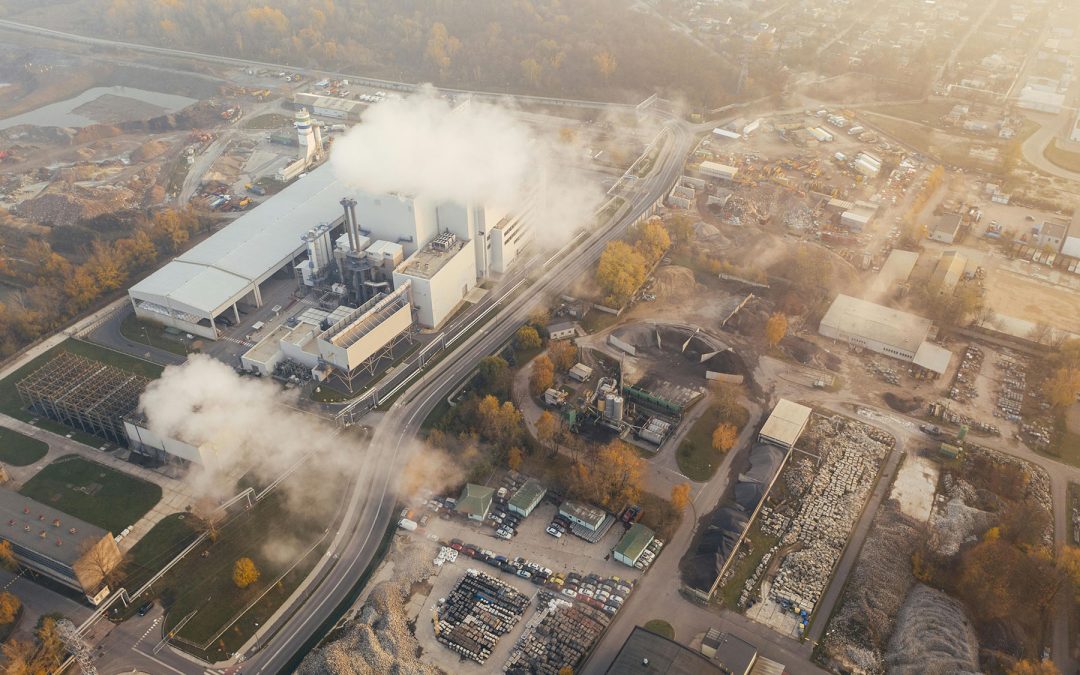
Funding Available Through Environmental and Climate Justice Community Change Grants Program
The United States Environmental Protection Agency (EPA) is offering about $2 billion dollars in Inflation Reduction Act funding available under the Environmental and Climate Justice Community Change Grants Program. The objective of the Community Change Grants Program...
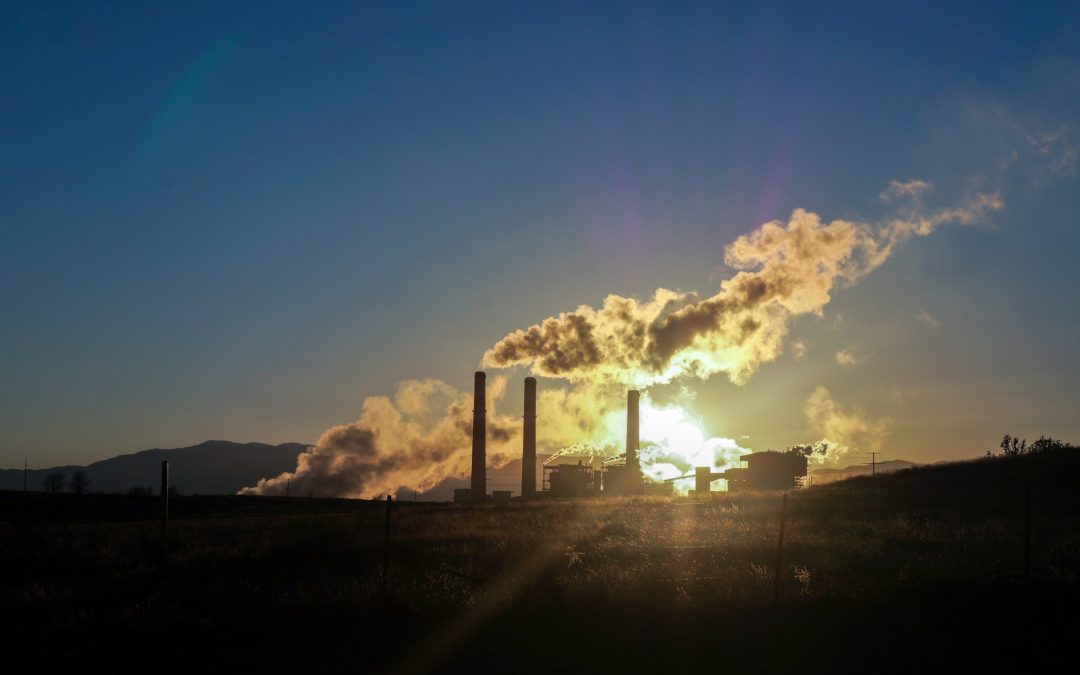
NYS Disadvantaged Community and Environmental Justice Requirements
New York State passed the Climate Leadership and Community Protection Act, Chapter 106 of the Laws of 2019 (CLCPA or Climate Act). Portions of this law were written to directly address the impact that climate change is having on what is described as disadvantaged...

How Will CLCPA Requirements Pertaining to Disadvantaged Communities Impact Solid Waste Management Facilities?
New York State passed the Climate Leadership and Community Protection Act, Chapter 106 of the Laws of 2019 (CLCPA or Climate Act). This law is intended to significantly reduce the impact of New York State on climate change and to ensure these changes do not negatively...
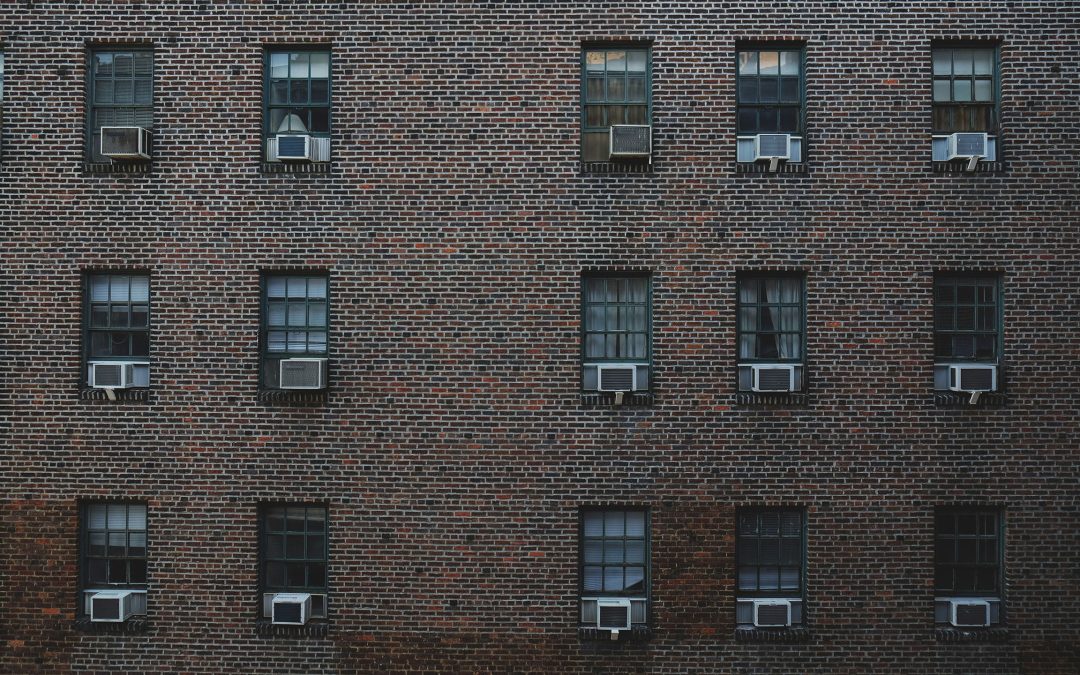
Proposed Rulemaking: 6 NYCRR Parts 494 and 495 Are Now Open for Public Comment
The New York State Department of Environmental Conservation (NYSDEC) introduced two proposed amendments to New York State environmental regulations that are currently open for public comment. They involve chemical use, storage, and emissions. The proposed regulations...

DOB Releases Second Major Rule Package with Changes to Make LL97 Compliance More Affordable
The deadline for submitting the first compliance reports for buildings covered by New York City’s Local Law 97 (LL97) is May 1, 2025. As this deadline approaches, the New York City Department of Buildings (DOB) is providing more guidance on how building owners can be...

New EPA Proposed Standards for Air Emissions from Municipal Solid Waste Burning Facilities
An announcement by the US Environmental Protection Agency (EPA) has called for the setting of higher compliance standards for air emissions from large solid waste facilities burning municipal waste. This action comes from the requirement of the Clean Air Act, which...
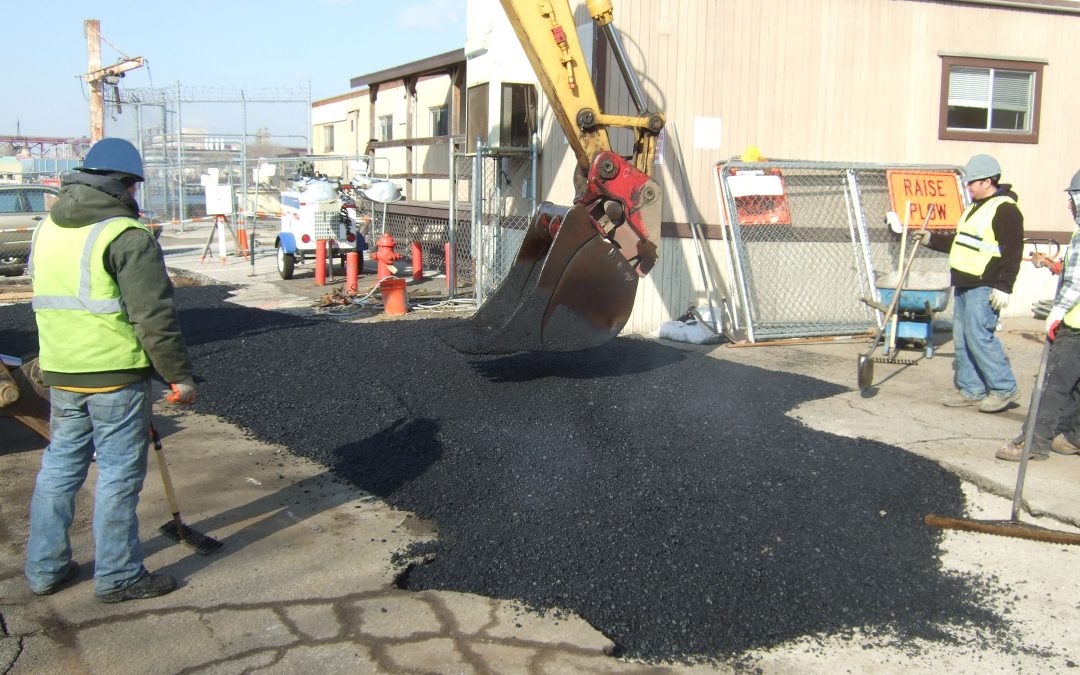
Proposed Changes to Emission Regulations for NYS Asphalt Pavement Manufacturing Plants
The New York State Department of Environmental Conservation (NYSDEC), Division of Air Resources (DAR) seeks to change emission regulations for Asphalt Pavement Manufacturing Plants (APMP) in the State of New York. The proposal involves repealing the current regulation...
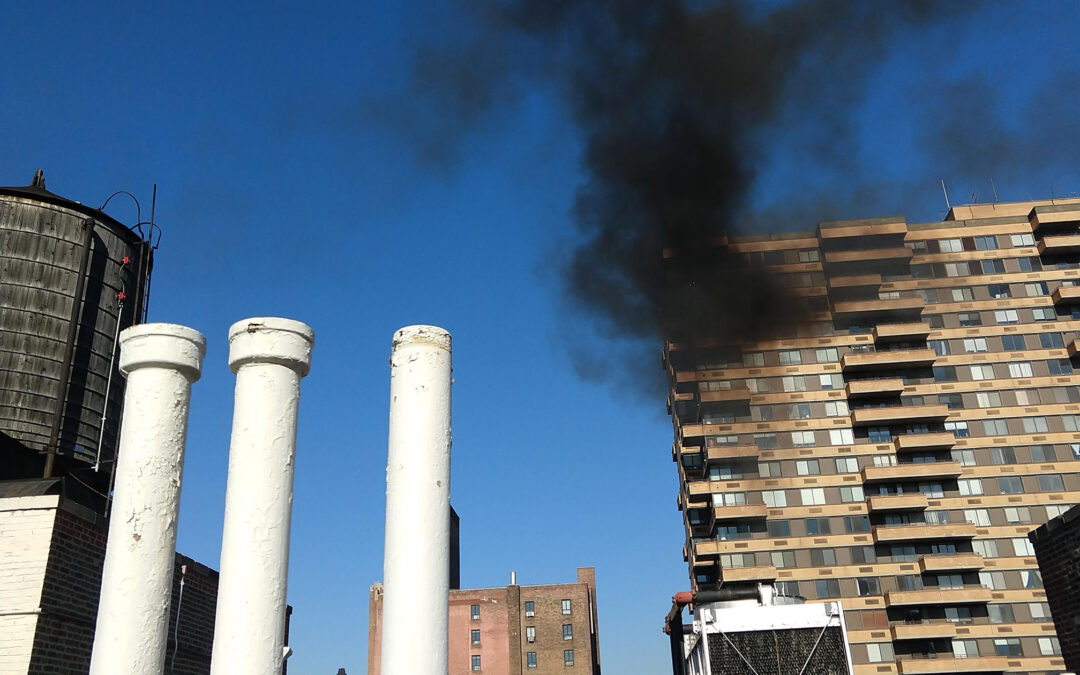
Walden Employees Complete “Smoke School”
On September 13, four of Walden’s employees attended “smoke school” to certify or recertify in the United States Environmental Protection Agency (USEPA) Method 9 Air Opacity of Visible Emissions. Those who attended and were recertified include Ethan Lo, Cari Covell,...
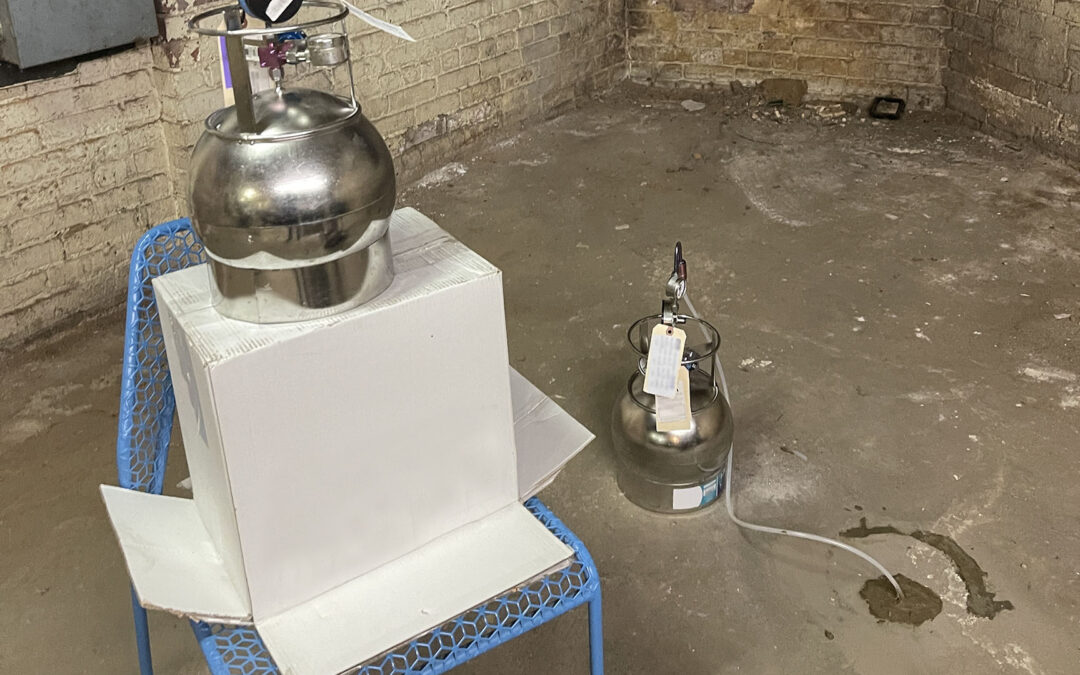
Soil Vapor Intrusion and Indoor Air Quality Concerns
Dangerous chemicals in the air don’t just come from wildfires and smoke. Soil vapor can have a significant impact on indoor air quality. When soil and/or groundwater are contaminated by volatile organic compounds, these contaminants are released into soil vapor which...
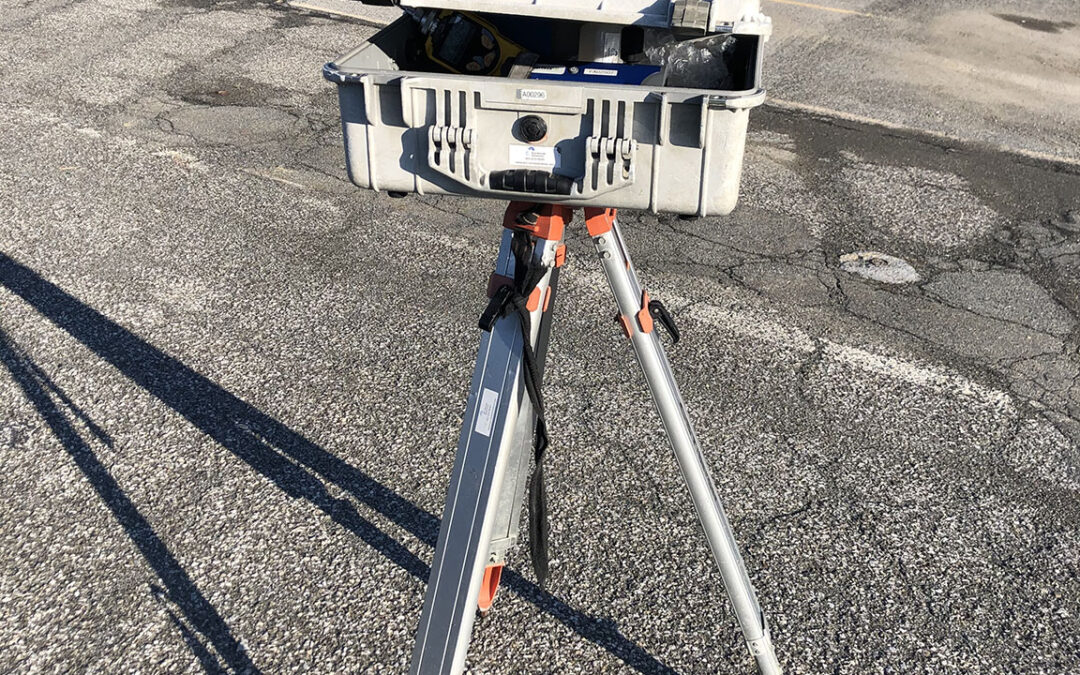
What Is a Community Air Monitoring Program?
Community Air Monitoring Programs (CAMPs) are commonly required at construction, demolition, and other sites where volatile organic compounds (VOCs), dust, or other harmful airborne substances can potentially be released into the air. The monitoring of dust, vapors,...
